Ricotta Cheese
2 tbsp. distilled white vinegar, plus more as needed
2 quarts pasteurized whole milk
1 tsp. salt
Be sure your milk is fresh homogenized or pasteurized – not ultra-pasteurized or ultra-heat-treated (these will not curdle correctly.)
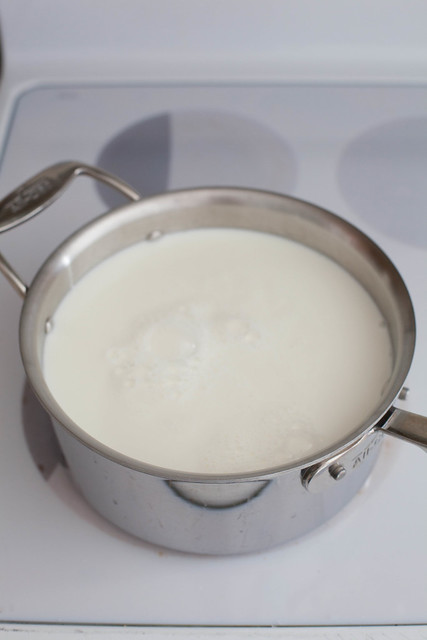
Combine the milk and salt in a medium saucepan over medium-high heat. Continue to heat, stirring occasionally, until the milk registers 185˚ F on an instant-read thermometer.
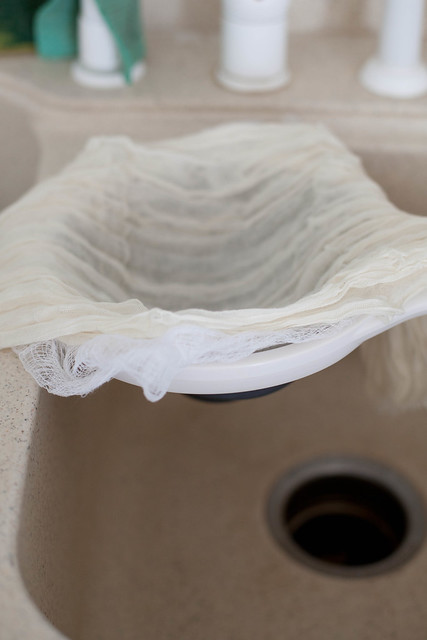
While the milk is heating, prepare a colander and line with a double layer of cheesecloth. (Cheesecloth can be found in the baking aisle of most grocery stores.)
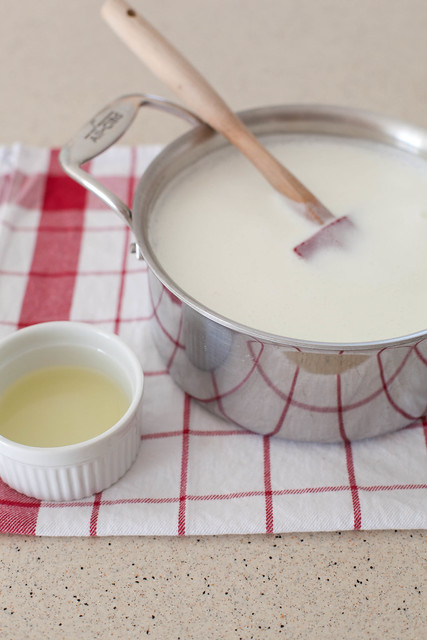
Once the milk has reached the desired 185˚ F, remove from the heat.
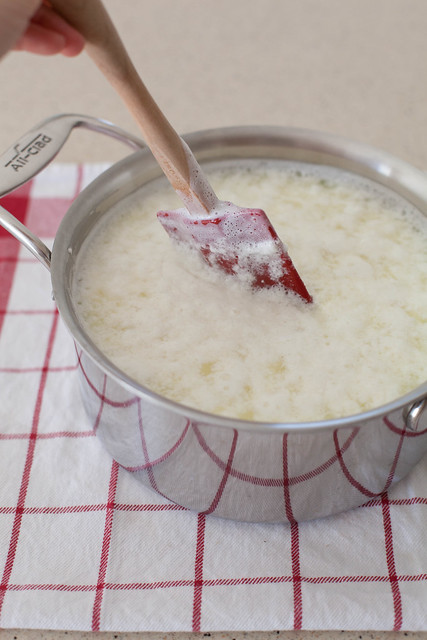
Stir in the lemon juice and vinegar. The mixture will begin to curdle quickly. Stir just enough to evenly distribute the acids. Let rest 5-10 minutes.
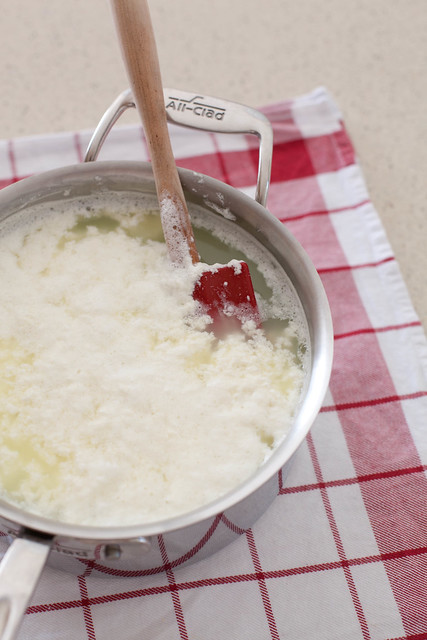
When the mixture is adequately curdled, it will have separated into white curds and translucent yellow whey. Gently stir at the edge to ensure that this has occurred. If there is still milky whey in the in the pot after 10 minutes, add in more vinegar 1 tablespoon at a time and let sit 2-3 minutes more until the curds separate.
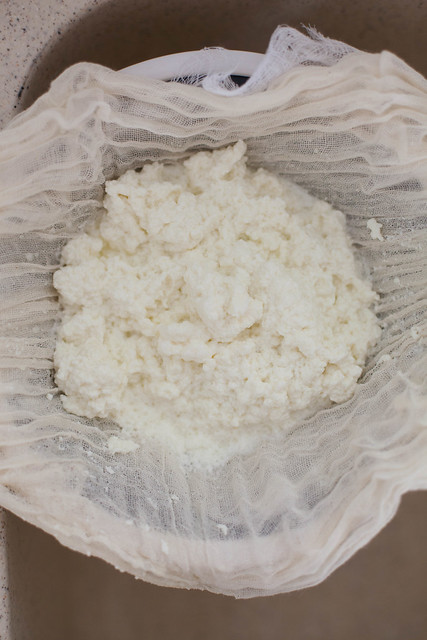
Very carefully pour the mixture into the prepared colander. If you want to reserve the whey, be sure to place a bowl underneath the colander. Let drain about 8-12 minutes (shorter for a moist result, longer for a drier end product. Moist is best for an appetizer-type spread, drier is better for lasagna and the like.) Transfer the curds to a bowl, stir, cover, and refrigerate until chilled. Store up to 5 days. {or you could be like me and wait til it grows mold}
Recipe Source: Annie's Eats

No comments:
Post a Comment